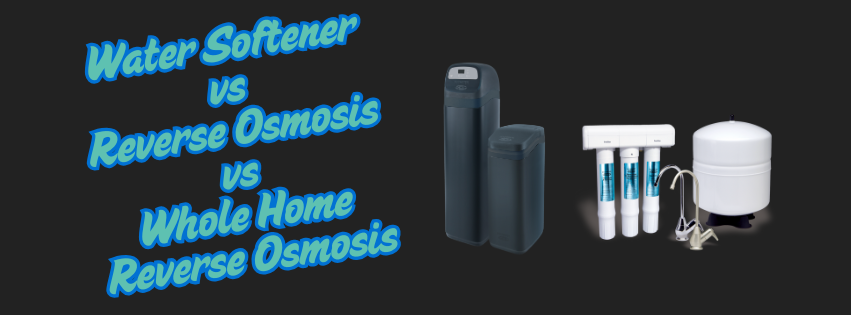
- Prevents scale buildup in pipes and appliances extending their lifespan.
- Improves soap lathering while reducing soap scum, helping soaps and detergents work more effectively.
- Reduces wear and tear on water using appliances improving their efficiency and longevity
- Does not remove contaminants such as chlorine, bacteria, or heavy metals.
- Softens water, but does not purify it - it removes hardness minerals, but does not filter out impurities.
- Prefilter: Removes sediment, chlorine taste, and particulate matter.
- Membrane: Forces water through a semipermeable membrane, rejecting a high percentage of dissolved solids and flushing them to the drain.
- Postfilter: A carbon absorption filter that removes residual tastes and odors, polishing the water before it reaches the faucet.
- Provides high - quality, purified drinking water comparable to bottled water.
- Removes contaminants such as lead, chlorine, fluoride, arsenic, VOCs, PFAS, and more.
- Ideal for cooking and beverage preparation, producing clear ice and reducing buildup on cookware.
- Installed at a single point of use (usually under the sink) and is not a whole-house filtration system.
- Produces wastewater - typically, three gallons of wastewater are produced for every gallon of purified water.
- Does not soften water - it is recommended to us an RO system with a water softener to prevent filter clogging from hard water minerals.
- Removes nearly all contaminants for every water source in the home
- Provides purified water for drinking, bathing and laundry
- Ideal for homes with high total dissolved solids above 2,000
- Expensive upfront cost and maintenance - requires a dedicated space (approximately 300sqft)
- Requires additional pre-treatment (such as a water softener) to protect the RO membrane.
- Produces significant wastewater, increasing water usage and requiring proper drainage.
- Require plastic piping - purified water can leach metals from standard plumbing
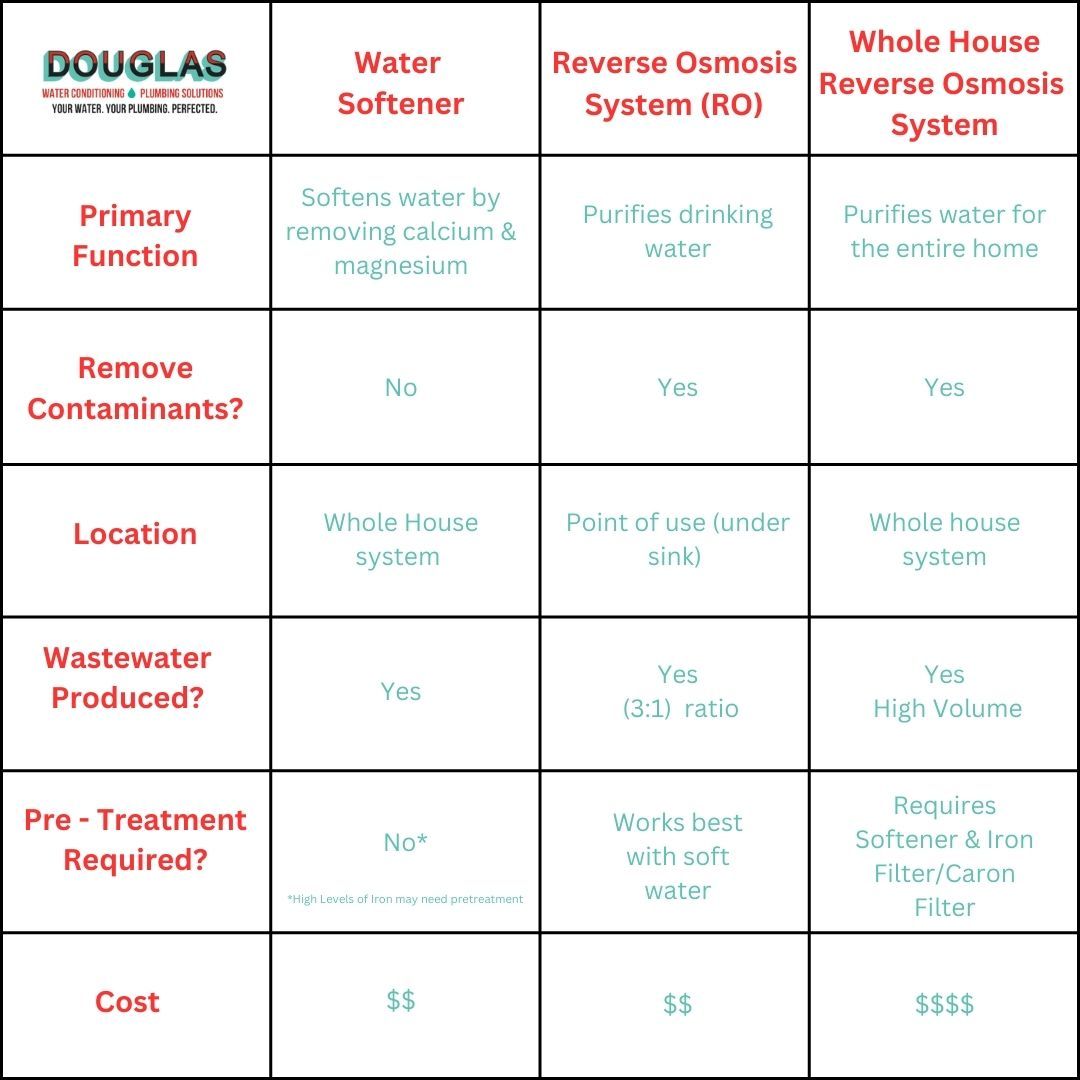
Which System Should You Choose?
- A water softener is the first step of any home with hard water, preventing scale buildup and extending appliance life.
- A reverse osmosis system is best for households looking for purified drinking water at a single tap.
- A whole house reverse osmosis system is suitable for homes with extremely high TDS levels (2,000 PPM) and those requiring purified water for all uses.
Conclusion
Choosing the right water treatment system depends on your home's water quality and your specific needs. At Douglas Water Conditioning, we provide free in home water testing to asses your water concerns and recommend the best solution for your health and budget. Contact us today to learn more about our water treatment options and find the perfect system for your home!
Follow Us For Facts About Water!

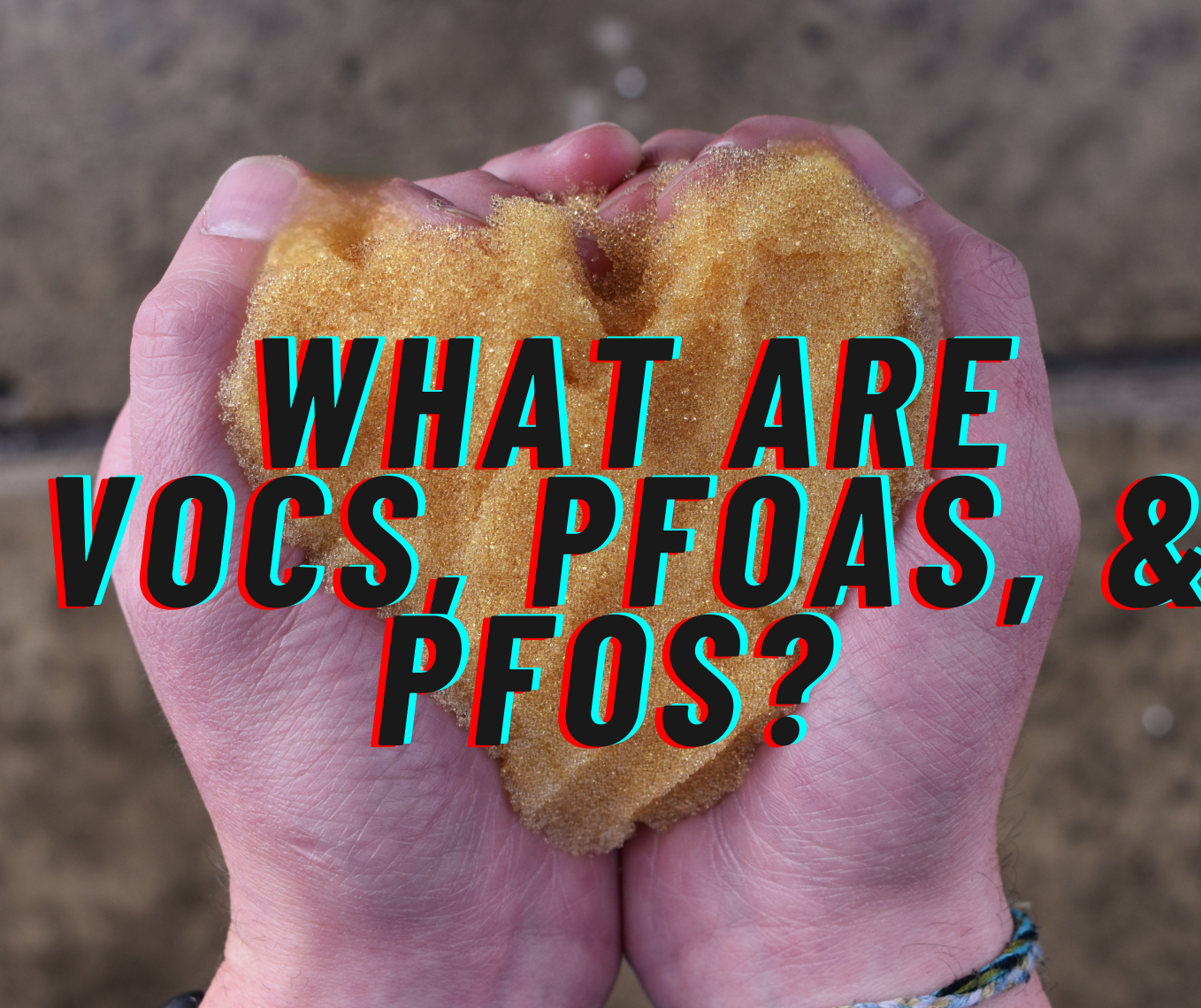
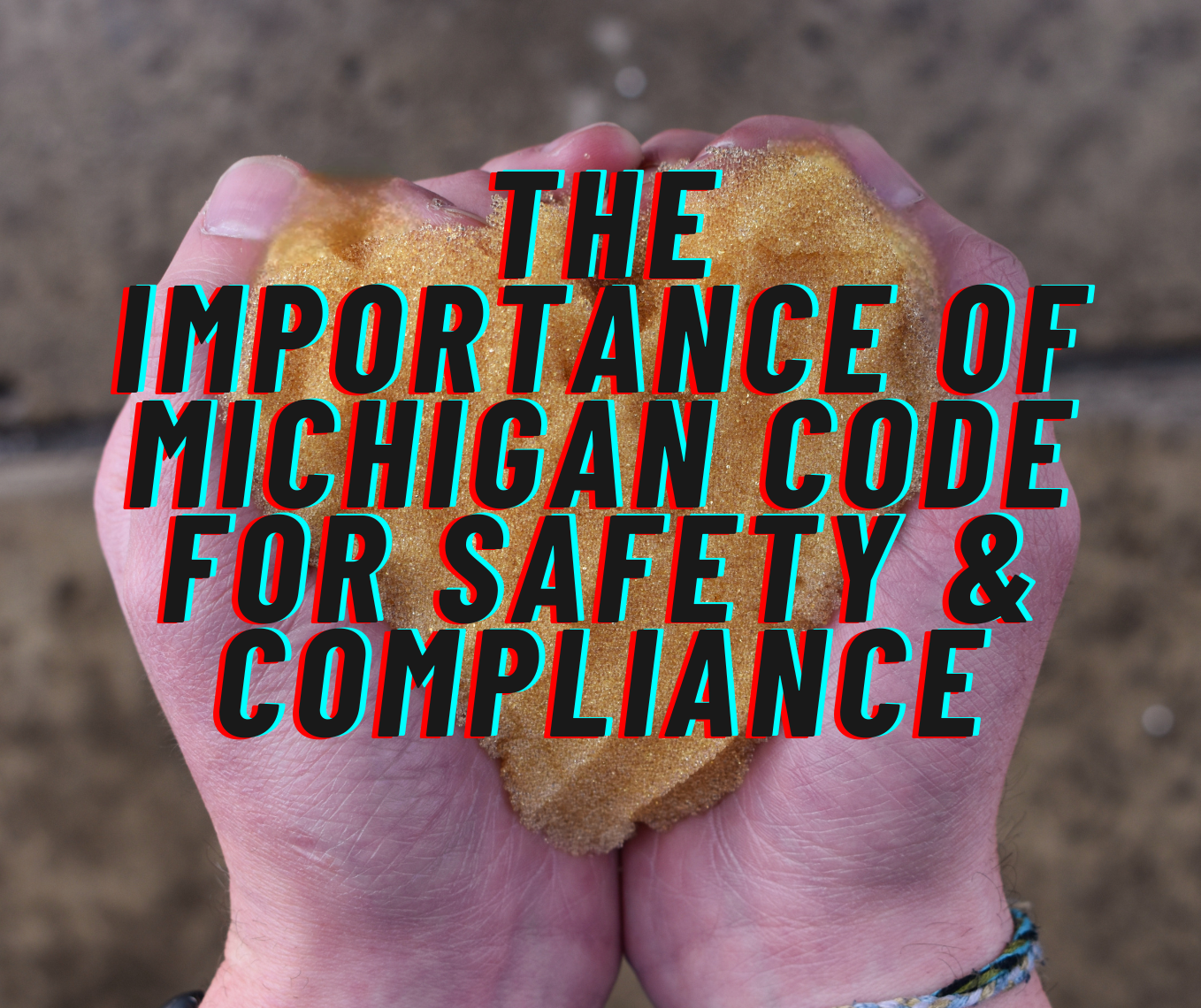

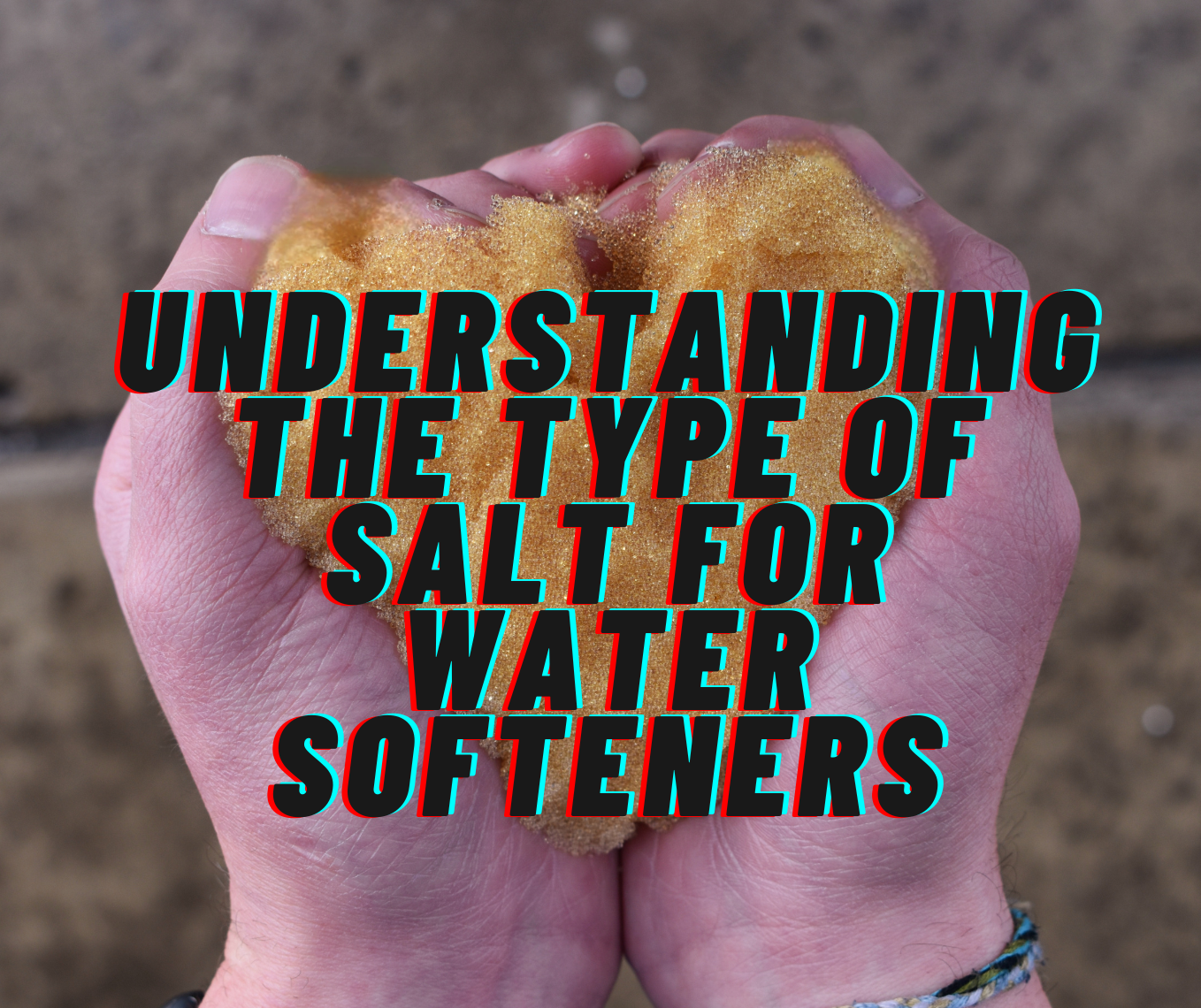
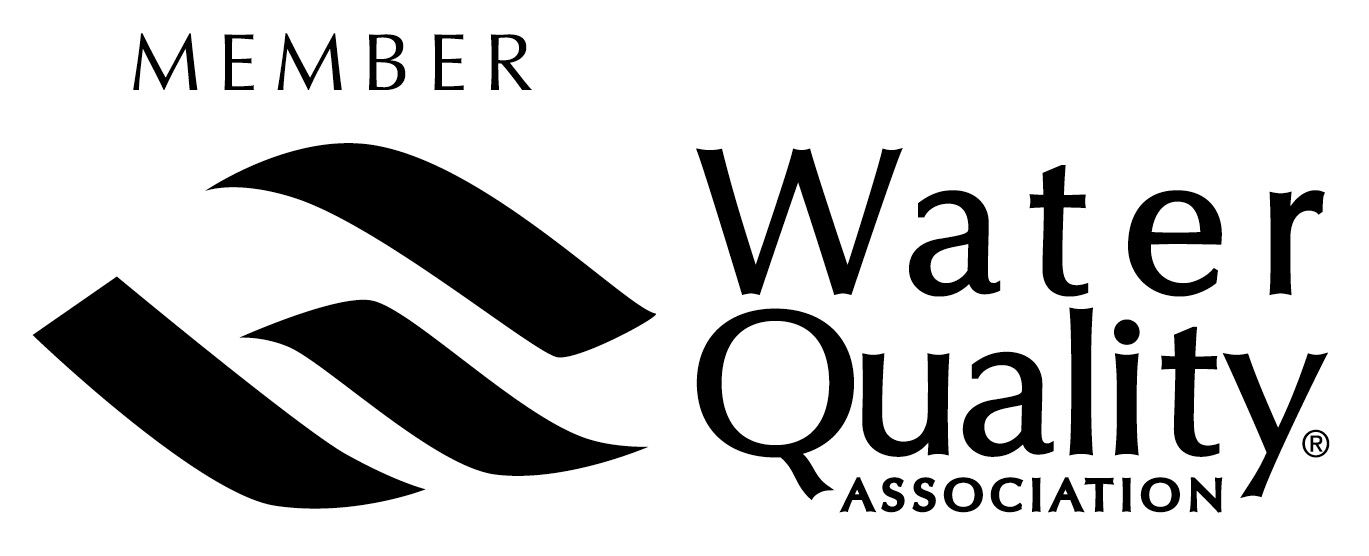


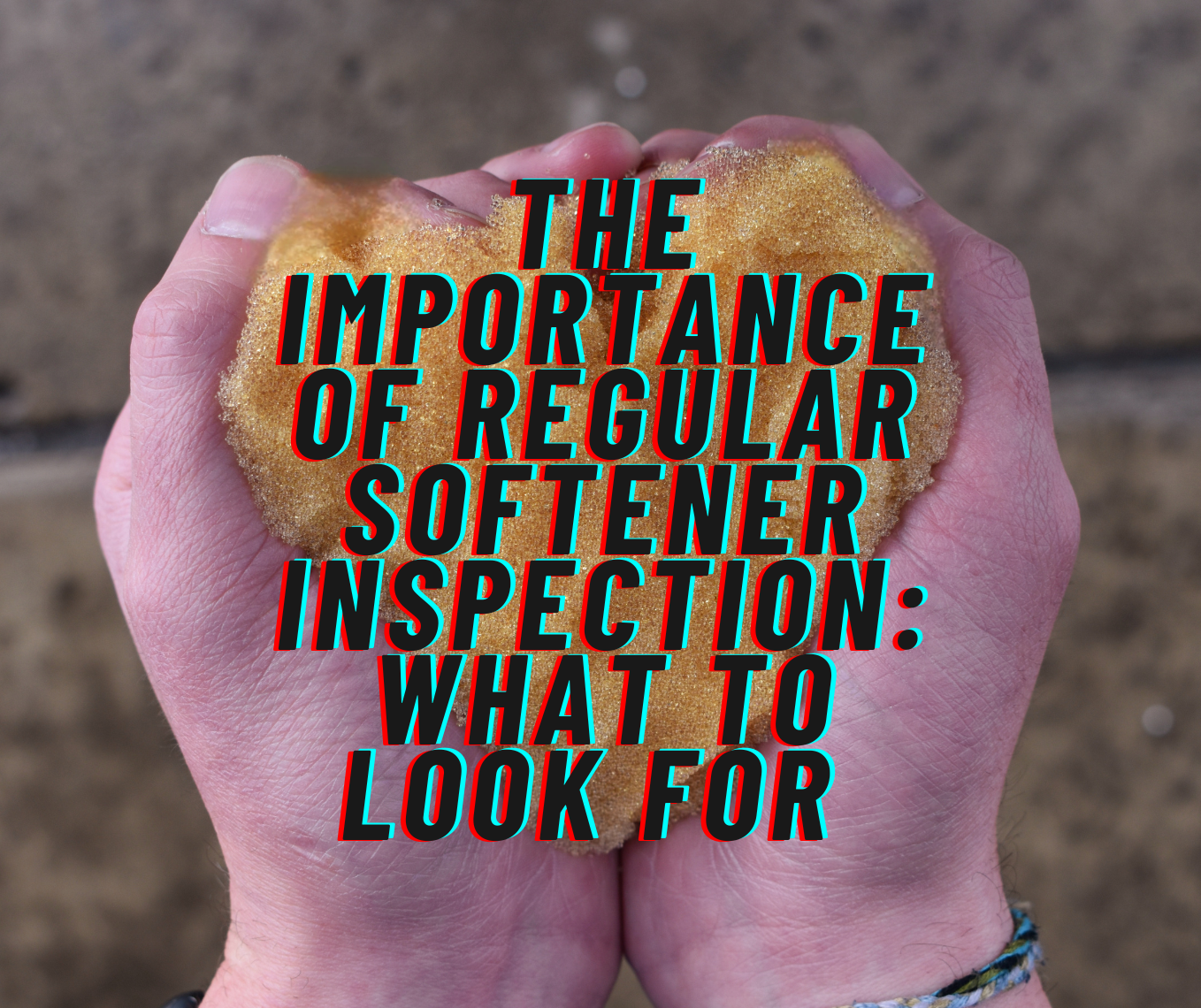

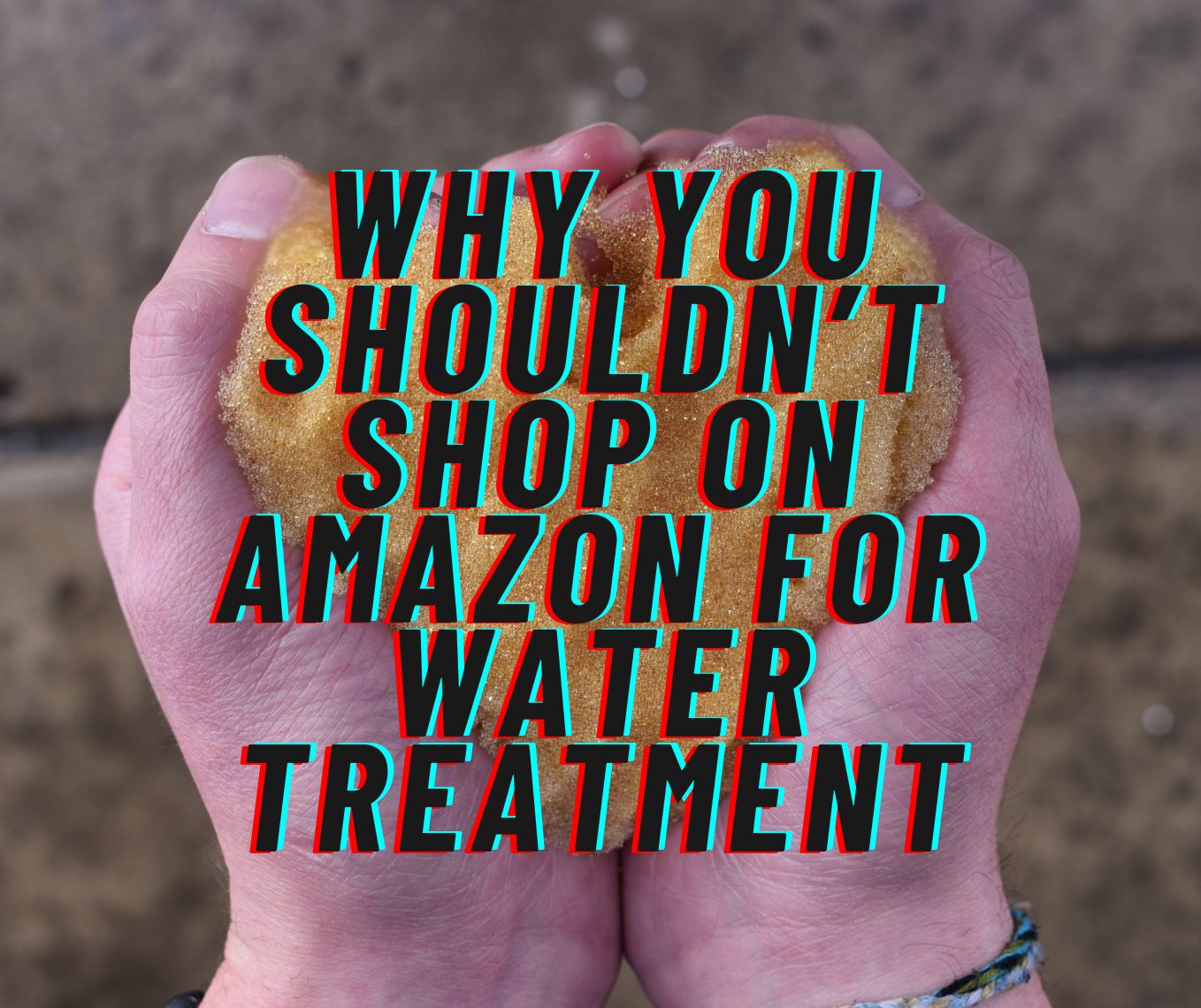
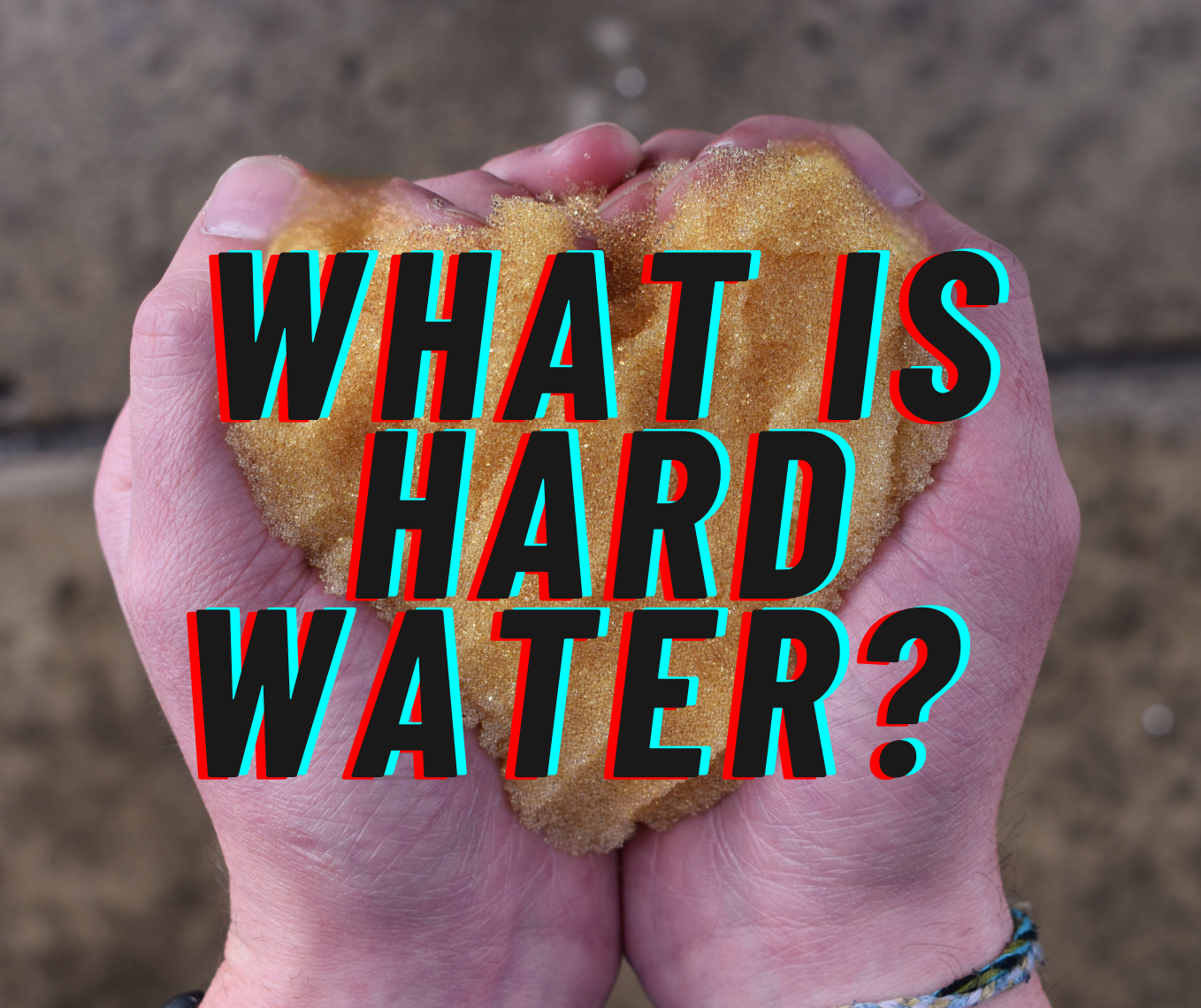
Share On: